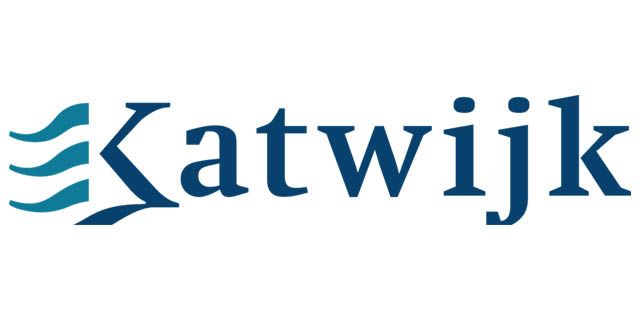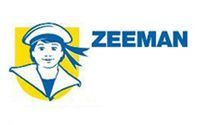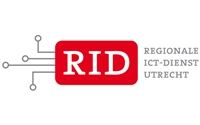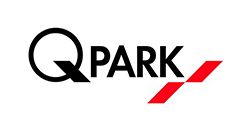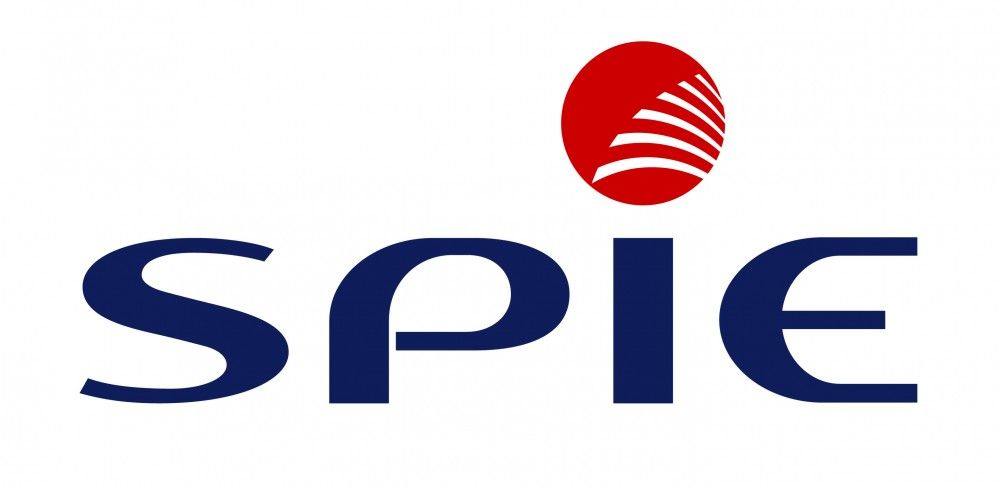This course relates to Red Hat Enterprise Linux 7 and is specifically designed for students who have completed Red Hat System Administration I. Red Hat System Administration II focuses on the key tasks needed to become a full time Linux administrator. This course goes deeper into enterprise Linux administration including file systems and partitioning, logical volumes, SELinux, firewalling, and troubleshooting. Attending both Red Hat System Administration I and Red Hat System Administration II can help you in your preparation for the Red Hat Certified System Administrator Exam.
IT professionals who have attended Red Hat System Administration I, and want the skills to be a full-time enterprise Linux administrator.
Red Hat System Administration I
- RHCSA Exam (EX200)
- Red Hat Enterprise Virtualization
- RHCVA Exam
- Red Hat Linux Troubleshooting
Cursusinhoud| Automate installation with Kickstart
- Automate the installation of Red Hat Enterprise Linux systems with Kickstart.
Use regular expressions with grep
- Write regular expressions that, when partnered with grep, will allow you to quickly isolate or locate content within text files.
Create and Edit text files with vim
- Introduce the vim text editor, with which you can open, edit, and save text files.
Schedule future Linux tasks
- Schedule tasks to automatically execute in the future.
Manage priority of Linux processes
- Influence the relative priorities at which Linux processes run.
Control access to files with access control lists (ACL)
- Manage file security using POSIX access control lists.
Manage SELinux security
- Manage the Security Enhanced Linux (SELinux) behavior of a system to keep it secure in case of a network service compromise.
Connect to network-defined users and groups
- Configure systems to use central identity management services.
Add disks, partitions, and file systems to a Linux system
- Manage simple partitions and file systems.
Manage logical volume management (LVM) storage
- Manage logical volumes from the command line.
Access networked attached storage with network file system (NFS)
- Access (secure) NFS shares.
Access networked storage with SMB
- Use autofs and the command line to mount and unmount SMB file systems.
Control and troubleshoot the Red Hat Enterprise Linux boot process Limit network communication with firewall
- Configure a basic firewall.
Comprehensive review
- Practice and demonstrate knowledge and skills learned in this course.
{slider Doelstellingen}
- Installation using Kickstart
- Managing filesystems and logical volumes
- Managing scheduled jobs
- Accessing network filesystems
- Managing SELinux
- Controlling firewalling
- Troubleshooting
Meer weten over dit onderwerp?
Benieuwd naar de mogelijkheden van een cursus? Vraag vrijblijvend meer informatie aan en we sturen je binnen 24 uur meer informatie op over het desbetreffende onderwerp.
